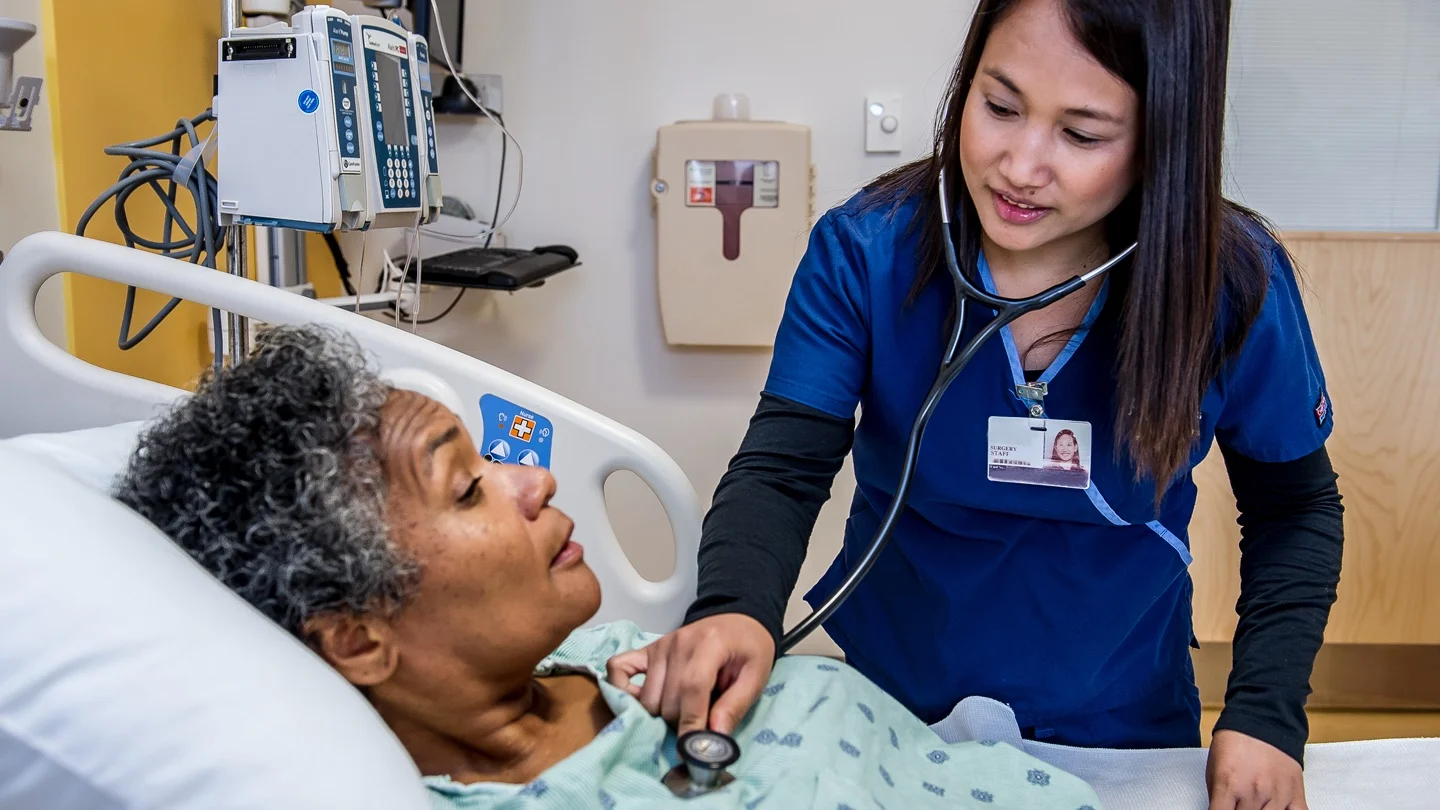Today our topic of discussion is Special,Nursing Care of the Patient with Different Types of Traction.
Special,Nursing Care of the Patient with Different Types of Traction

Special, Nursing Care of Patient with Different Types of Traction
Fixed Traction
The ring of the splint can cause pressure sores. So, the nurse should:
- Provide pressure area care to the skin beneath the ring every two hours .
- Place the patient in an upright position.
- Teach the patient to ease the tissue gently under the ring to a different position every hour if he feels discomfort.
Balanced Traction
The nurse should:
- Nurse the patient in supine position.
- Raise the foot of the bed to create counter traction.
- Allow the cords connected to the traction to run over the pulley to reduce friction freely.
- Avoid extra use of pillows as this increases friction and reduces traction.
- Maintain body alignment at all times.
- Keep the weight to hang freely .
- Avoid the patient to slip towards the head or foot of the bed.
- Teach the patient to move himself up the bed as when required.

Skin Traction
- Make sure that the bandage should not be too tight or too loose
- Check the extension plaster is in place. Reapply
- Observe for record and report.
- Allergy to extension plaster such as redness, rash, pain and irritation
- Peripheral pulse and color and temperature of fingers or toes
- Tenderness in the calf muscle (indicate thrombo- phlebitis)
- Altered sensation.
- Special back care every 2 hours to prevent pressure sores
- Encourage active hourly foot exercises Maintain proper positioning and counter traction.
Skeletal Traction
Infection may develop in and around the pin site. So the nurse should:
- Clean and dress the pin site daily
- Observe for signs of infection
- Follow strict surgical aseptic precautions to prevent infection.

Complication of Traction
- Hypostatic pneumonia: Alectasis: need breathing exercise, intermittent positive airway. pressure (IPPB) promoting lung expansion .
- Constipation, facial impaction, abdominal distention.
- Urine retention, kidney stones.
- Impaired circulation, edema, thrombophlebitis- pulmonary embolism, fat embolism.
- Disorientation.
- Nerve damage, molar weakness or paralysis, foot drop, wrist drop.
- Hyperextension of the knee, outward rotation of the leg.
- Osteoporosis muscle atrophy joint stiffness.
- Wound or infection in traumatic open wounds or surgical incision.
Read more:
